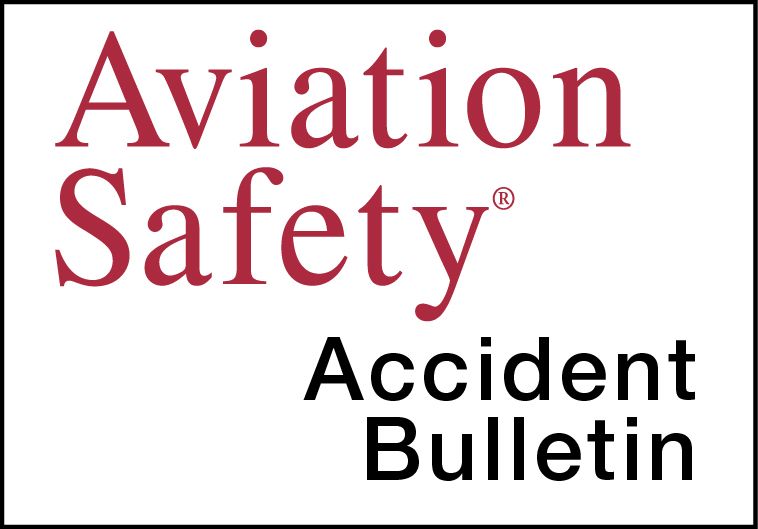AVweb’s General Aviation Accident Bulletin is taken from the pages of our sister publication, Aviation Safety magazine. All the reports listed here are preliminary and include only initial factual findings about crashes. You can learn more about the final probable cause on the NTSB’s website at www.ntsb.gov. Final reports appear about a year after the accident, although some take longer. Find out more about Aviation Safety at www.aviationsafetymagazine.com.
December 16, 2020, Jacksonville, Fla.
Embraer EMB-500 Phenom 100
At 1419 Eastern time, the airplane was substantially damaged during a runway overrun while landing. There were no injuries among the pilot, copilot or passenger. Instrument conditions prevailed for the Part 91 flight; an IFR flight plan had been filed.
After an ILS approach, the airplane landed in the touchdown zone at about 100 knots and, as the airplane slowed to 80 knots, full manual braking was applied, but the airplane was not slowing “as expected.” The pilot applied the emergency brake three times, with no response. As the airplane rolled onto the grass, he applied left rudder to avoid colliding with the approach lights. The airplane came to a stop with the right wing contacting the ground; a portion of the right main landing gear had punctured the right wing. Weather at the time of the accident included heavy rain in thunderstorms. The remarks section of the weather observation indicated 0.32 inches of rain had fallen in the preceding hour.
December 16, 2020, Bossier City, LA
Piper PA-28-180 Cherokee 180
The airplane was destroyed at 0439 Central time after an apparent loss of control in instrument conditions. The student pilot and his passenger were fatally injured.
Records show the airplane took off at 0417. Radar data show it flying an irregular flight path and maneuvering over a nearby air force base for about 20 minutes. The airplane’s altitude varied between about 600 and 1800 feet MSL before it entered a left descending turn and radar data ended at 0439. The student pilot’s most recent flight instructor had endorsed the student pilot for local traffic pattern operations only in late November.
December 17, 2020, Pembroke Pines, Fla.
Socata TB10 Tobago
At about 1637 Eastern time, the airplane was destroyed when it collided with trees and terrain shortly after takeoff. The pilot and three passengers were seriously injured. Visual conditions prevailed.
A witness later reported hearing the airplane’s engine sputtering and missing during the engine run-up and the subsequent takeoff. He observed the airplane climb to an altitude that was just above the height of the control tower, and subsequently noticed smoke west of the airport. The wreckage came to rest about 180 degrees opposite the direction of flight; the cockpit and cabin areas were consumed by a post-crash fire.
December 17, 2020, Aledo, Texas
Extra EA300L
The airplane was substantially damaged at about 1629 Central time when it collided with terrain during reported aerobatic maneuvers. The solo airline transport pilot was fatally injured. Visual conditions prevailed.
After a few minutes of loose formation flight with another pilot in an RV-4, the two separated and the accident pilot climbed to the northwest for aerobatic maneuvers. The accident airplane’s final radar data was recorded at 1628:20 as the airplane descended through about 4300 feet MSL. It impacted terrain in a wings-level, nose-down attitude with low forward groundspeed. The tail section was twisted slightly left of the fuselage and both wings were crushed downward. Initial examination did not reveal any flight control system anomalies.
This article originally appeared in the March 2021 issue of Aviation Safety magazine.
For more great content like this, subscribe to Aviation Safety!




































Student Pilot, flying VFR into IMC, with a passenger..!!